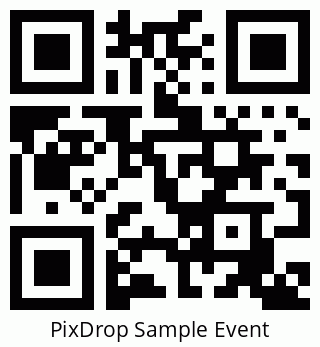Dnyamic vs Static QR Codes
QR codes have become a common sight in our daily lives, appearing on product packaging, advertisements, and even restaurant menus. While many of us are familiar with standard QR codes, there's a more flexible version called dynamic QR codes. In this article, we'll explore what dynamic QR code generators are, how they work, and why you might want to use them. We'll also compare dynamic QR codes to their static counterparts and introduce you to a free, static QR code maker that might be just what you need.
Understanding Dynamic QR Codes
A dynamic QR code generator creates QR codes that can be updated after they've been printed or distributed. This means you can change the information or destination linked to the QR code without having to create and distribute a new code. It's like having a digital signpost that you can point in different directions whenever you want.
How Dynamic QR Codes Work
- Creation: When you make a dynamic QR code, you're actually creating a short URL that points to a server.
- Redirection: This short URL is encoded into the QR code. When someone scans the code, they're sent to this URL.
- Server Magic: The server checks where the QR code should currently lead and sends the user to the right place.
- Updateability: You can change the final destination at any time by updating the server settings, without changing the QR code itself.
Use Cases for Dynamic QR Codes
Dynamic QR codes are versatile and can be used in many situations:
- Restaurants can update their digital menus without reprinting QR codes.
- Easily switch between different promotional pages.
- Update event details or locations even after distributing materials.
- Change product details or user manuals for items already on shelves.
- Update your contact information without getting new cards printed.
Dynamic vs. Static QR Codes
While dynamic QR codes sound exciting, static QR codes have their own advantages. Let's compare them:
Pros of Dynamic Qr Codes
- Can be updated after printing.
- Allow for tracking and analytics.
- Can switch between different types of content (e.g., from a website to a phone number)
Cons of Dynamic Qr Codes
- Usually require ongoing subscription to a service
- Depend on a third-party server to work
- May stop working if the service goes down or you stop paying
Static QR Codes
Pros of Static Qr Codes
- Work forever without any additional costs
- Don't rely on external servers to function
- Typically free to generate
- Load faster as there's no redirection
Cons of Static Qr Codes
- Can't be changed once printed
- Don't provide scan analytics out of the box
Why Static QR Codes Might Be Better for You
For many users, static QR codes are the better choice. Here's why:
- Reliability: Once created, a static QR code will always work as long as the destination exists
- Speed: Static QR codes take users directly to the destination without any middle steps.
- Privacy: They don't require storing or processing user data through a third-party service.
- Cost-Effective: Most static QR code generators are free, with no ongoing costs.
- Simplicity: For many use cases, like linking to a stable website, you don't need the complexity of a dynamic system.
If you've decided that static QR codes are the right choice for you, consider using our QR Code Generator. Here's what makes it stand out:
- Free to Use: Create as many QR codes as you need without any cost.
- No Registration Required: Just visit the site and start generating codes immediately.
- Static and Reliable: The QR codes you create will work forever, no strings attached.
- Easy to Use: Simple interface that anyone can navigate.
When picking a QR code generator, especially for static, make sure that you are not asked to pay for it. There is no reason to have to pay for a simple static QR code. Many sites out there may attempt to charge. If you do not want to use our site, you may also look at Webtoolcr8.com and use their completely Free QR Code Generator
Dynamic QR code generators offer flexibility for those who need to update their QR codes frequently. However, for many users, the simplicity, reliability, and cost-effectiveness of static QR codes make them the better choice. If you're looking for a straightforward, free solution for creating QR codes, give CreationBin's static QR code maker a try. It provides all the functionality most users need without any hidden costs or complications.
Back to Blog